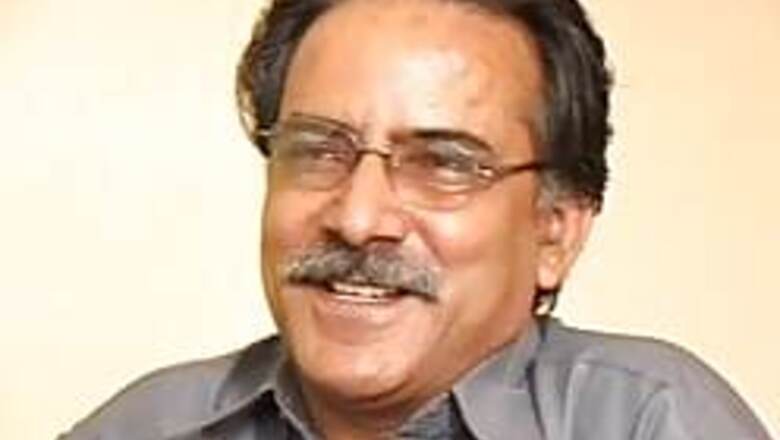
views
Kathmandu: Nepal's Maoists, who are fighting an election after nearly two decades, finally reached simple majority in the first phase of the crucial poll held this month, with their jubilant chief Prachanda saying he himself would lead the new government.
The former school teacher, who inspired a band of dedicated young men to form a guerrilla army and fight a 10-year war to rid the country of its power-hungry Shah dynasty of kings, reaped the fruits of the brutal 'People's War' to finally win the battle of the ballot as well.
On Saturday, nine days after the election was held, the counting of votes saw the former rebels win 120 seats, exactly half of the 240 seats in the 601-member constituent assembly that are to be filled on the basis of direct fights.
The election, held April 10, for the first time in Nepal's history put its monarchy to the vote.
Of the 231 seats for which results have been declared so far, the former ruling parties have been able to muster roughly one-fourth of the Maoist tally.
While Prime Minister Girija Prasad Koirala's Nepali Congress (NC), the biggest party in parliament before the election, has been confined to 35 seats, the next largest party in parliament, the Communist Party of Nepal-Unified Marxist Leninist (UML), bagged 31.
The two ruling parties' humiliation was also deepened by the emergence of an ethnic party from Nepal's strife-torn Terai plains that was threatening to catch up with them.
Debutant party Madhesi Janadhikar Forum, led by former UML man Upendra Yadav, had captured 27 seats despite the little time it had to prepare for the election, proving to be the giant killer that had contributed substantially to the defeat of Koirala's party.
In the other 335 seats to be filled on the basis of proportional representation, the Maoists had captured over one-third of the votes cast so far and were consolidating their lead.
To celebrate the decisive win, the former insurgents Saturday took out a triumphant procession in Kirtipur town, historically regarded as the entrance to Kathmandu and which Prachanda had promised to storm when he contested the election from there.
The Maoist chief, who had remained underground for nearly two years and had an international alert for his capture, fought his first election from Kathmandu 10, of which Kirtipur forms a substantial part. He also fought from Rolpa district, where he had set up his "capital" during the guerrilla war.
Both constituencies gave him a thumping victory in contrast to stalwarts of the ruling parties, like UML chief Madhav Kumar Nepal, who had to bite the dust.
As Prachanda returned to the historic town to thank its people, he said in a brief, impromptu address that he himself would lead the new government to build a new Nepal.
The Maoist manifesto roots for a presidential form of government and a president with real powers.
Nepal currently has a government headed by the prime minister, who is all-powerful. Prachanda said the constituent assembly would proclaim Nepal a republic.
It finally seems to be the end of the road for King Gyanendra, who gambled away his forefathers' throne by trying to seize absolute power three years ago with the help of the army.
The royal regime triggered a national uprising that was led by the Maoists, though their role was denied by the ruling parties.
The uprising led to the fall of the royal government in 2006 when the Maoists formally ended their armed revolt, later joining the new ruling alliance of opposition parties.

















Comments
0 comment